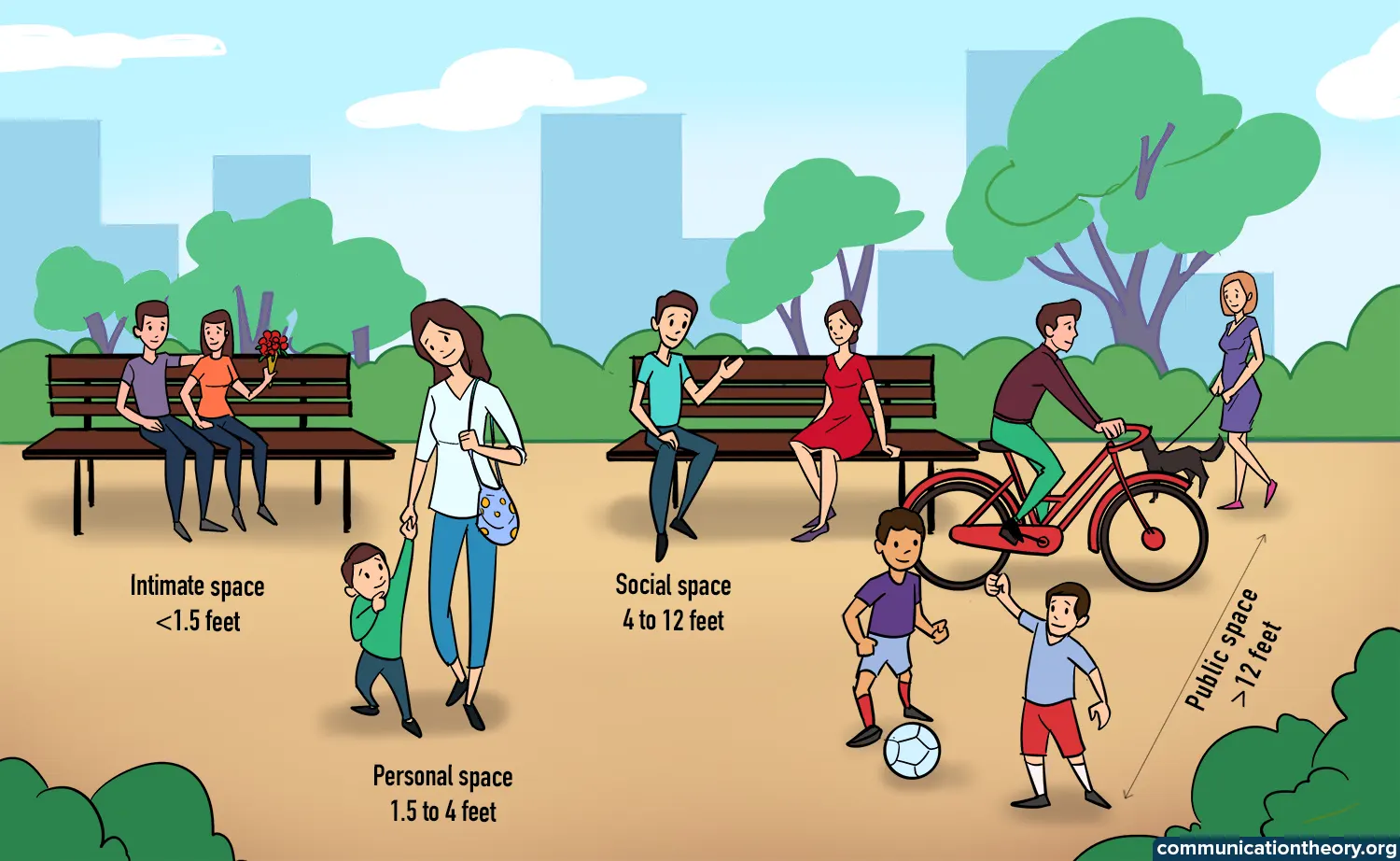
6 Cultural Differences
6.1 Chronemics

The study of how time affects communication. It is used to understand the use of time in differing cultures. Some cultures see time as something concrete and linear, while other cultures see time as something rather relative and cyclic. The former perspective on time was termed by Edward T. Hall as monochronic and the latter as polychronic.
6.1.1 Monochronic
Characterized by a system where things are done one at a time and prefers to set a certain time to perform each task. A culture that structures various activities based on the notion of time which is believed to be concrete, linear (from A to B), and universal and as such, is expected to be complied with by the other party.
People in monochronic cultures are more direct and tend to do one thing at a time; concentrate on the given task; put the job first; emphasize speed in achieving results; try to avoid borrowing things; do not mix work and personal life; set up a plan and follow it; consider time to be inflexible; they set and try to meet deadlines.
6.1.2 Polychronic
Characterized by a system where multiple tasks are happening at different times. A culture that structures various activities based on interpersonal relationships with people and views time as cyclic (A-B-C-A-B-C…) and relative.
People in polychronic cultures are more indirect and do many things at the same time; consider various factors in performing a task; put the relationships first; emphasize harmony in achieving results; borrow things easily, if needed; do not necessarily separate work and personal life; change plans; consider time to be flexible; they do not set deadlines.
6.2 Proxemics

Proxemics is the interpretation of spatial relationships within the context of cultural normalities and psychosocial factors. The interpretation of these relationships determines the dynamics of human interaction and reaction to their surroundings. Proxemics is the act of betraying affiliations through the dynamics of proximity. This occurs at the unconscious, subconscious, and conscious levels. Additionally, proxemics is the proximity or distance to and from other people and is based upon physiological, sociological, and physical principles. Proxemics may be categorized as relative distance, proxemics push or pull distance.
Relative Distance. The relative distance between groups of people is defined in four subcategories. It must be remembered that different cultures will follow a different set of spatial relationships. For example, American, Canadian, British, and Nordic cultures tend to keep greater distances, known as the far phase. Latin American and Arab cultures have much closer distances, known as the close phase. A person’s pitch and tone will change in each one of these groups, as well as the nonverbal language described in kinesics, when they are in these different areas.
Intimate Distance. The intimate distance for embracing, touching, or whispering is usually reserved for only the closest of friends and intimates. This distance is less than 6 inches for the close phase and 6 to 18 inches for the far phase.
Personal Distance.The personal distance maintained for interaction among good friends is 1.5 to 2.5 feet for the close phase and 2.5 to 4 feet for the far phase.
Social Distance. The social distances maintained by most people when interacting with acquaintances is 4 to 7 feet for the close phase and 7 to 12 feet for the far phase.
6.3 Styles of Communication
There is a spectrum of formality throughout the cultures of the world, with some cultures being direct and explicit. Others cultures are less direct and more ambiguous. The theory of cross-cultural communication styles is extensive, but for our purpose we will focus on the distinction between direct and indirect communication styles.
6.3.1 Direct Communication
Cultures that rely on direct communication place more emphasis on verbal communications that are precise and explicit. What one means is stated in a very straightforward and direct manner. There is no “beating around the bush.” Directness is equated with honesty and respect for the other person. Context and nonverbal cues are secondary to verbal communication. Think of a scientist saying “The results of the experiment are positive”, or a journalist saying “The accident occurred at 6pm”; this is direct communication.
6.3.2 Indirect Communication
Cultures that rely on indirect communication rely less on verbal communication and more on context and nonverbal cues. Meaning is conveyed by subtle means such as nonverbal behavior, parable and stories, suggestions and implication. Indirectness is equated with politeness and respect for the other person. Their verbal communication can seem vague and noncommittal to those from a culture that is more direct. The meaning is not only in the words, but in the surrounding context of a given conversation. In other words, somebody who is indirect will leave it up to the listener to fill in the blanks and make out the meaning by correctly reading the contextual clues (e.g. Non-verbal communication, status and/or age of people involved in the conversation, attire, etc.)
6.3.3 Direct vs. Indirect Communication

Interactions between people from different cultures can be one of the trickiest aspects of communication because we tend to react to different “styles” immediately and emotionally. But when we think back on an exchange which has not gone well and analyze just the words spoken, we often cannot figure out why we are so annoyed and/or frustrated. Understanding communication styles will be very helpful to you in figuring out why “how” something is said is just as important as “what” was actually verbalized because we tend to react to style subconsciously and instinctively. At a first “direct” glance, it will seem that indirect people can literally read people’s minds. A second, third and fourth … and often a hundredth glance will reveal the contextual clues, all those things that are not being said. These are things that indirect people have been taught to see and to correctly interpret since the day they were born. Direct people are not being taught to look at the context for what is not being said when interpreting a message. They are taught to listen to the words being said. Just like with cultural dimensions, it is important to remember that both communication styles are found in every culture and one is always more dominant than the other. They manifest themselves differently in each culture (e.g. An indirect North American communicates very differently than an indirect Japanese, Saudi or Honduran person).